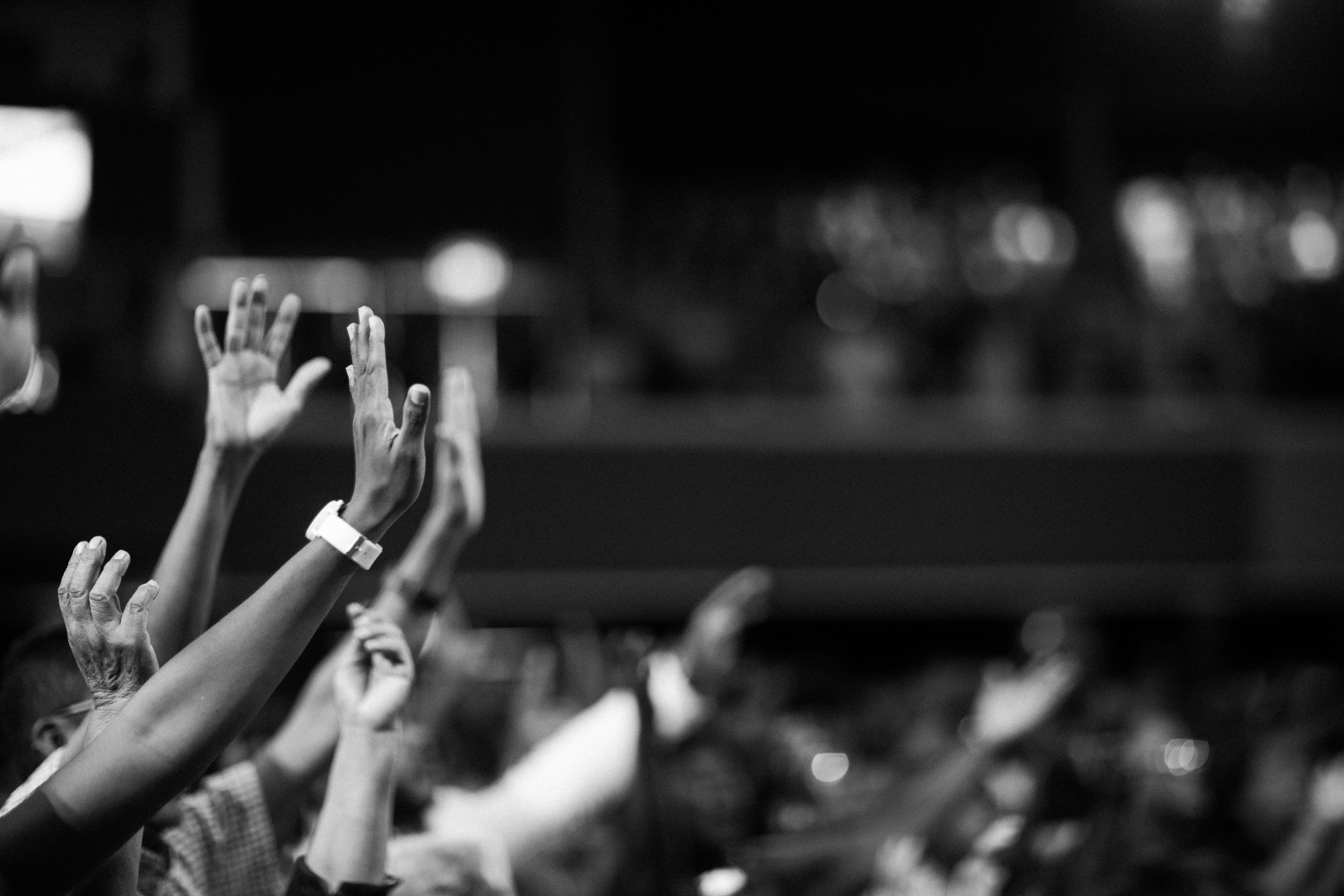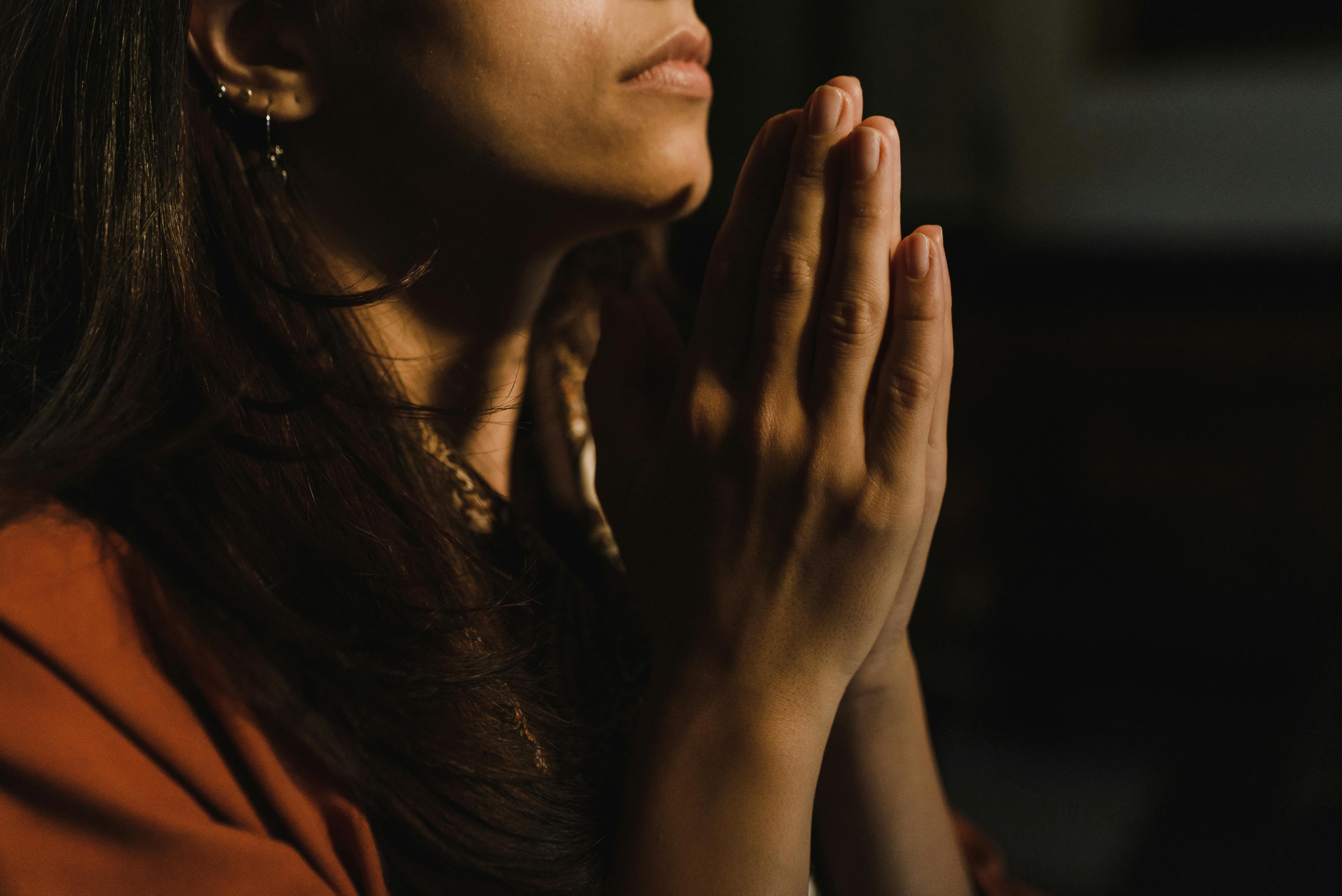Create A Space Of Compassion, And Live From It

In the immediate aftermath of the US presidential election, most people I know were shocked. Since then they seem to be making emotional adjustments, which is good.
This is no doubt partly to do with the nature of emotions themselves. Emotions are created by the way we interpret and think about the world. At first, all people could think about was the election, and so their emotional responses were heightened. Quickly, though, we start to — and have to — think about other things, from what we’re doing at work to what we’re buying for dinner. As the thing that shocks us becomes just one thing that we focus on, rather than the one thing that we focus on,, our emotions settle. Or they do to a certain extent, anyway. The big thing is still a big thing. We’re never able to ignore it for long, nor should we.
So we need other tools to help us deal with troubling feelings.
There are more good people than bad people
Many people have been seeking useful perspectives that help them to feel calmer. In another post here I suggested it was helpful to recognize that we are not alone in a sea of terrible people, which is what we might at first think. Most people who voted did not vote for Donald Trump, and that many of them don’t even support his policies. They were simply expressing dissatisfaction with the current economy, often for very legitimate reasons. Many were misinformed and didn’t know what exactly what they were voting for. After all, we never do. Elections are a statement of hope. Sometimes things work out better than usual. Sometimes we’re disappointed. Perhaps you were overjoyed with the election results. I hope you don’t come to regret that, although I suspect you will.
It’s reassuring to consider that many people were low-information voters rather than supporters of authoritarianism. Many of the people who supported him don’t know what “authoritarianism” meant (it was a Republican who pointed this out). And some of them think of authoritarian leadership as no big deal (they’re just “owning the libs”) not realizing that authoritarian regimes can be hard to remove from power and inevitably do immense harm while they exist.
So that was one strategy for helping to calm the anxious mind; remembering there are lots of good people around us, some of whom are merely misguided rather than monsters. True authoritarians are found in all societies, but are a minority — perhaps thirty percent of the population in the US, meaning that seventy percent are not.
Self-compassion for political feelings
As another strategy for calming emotions, I’ve been encouraging people to practice compassion: first for themselves, and then for others.
We may be feeling grief, or panic, or fear. I suggest that we surround those feelings with a space of kindness and compassion, and then live from that space.
These troubling feelings are often around the diaphragm or heart. They are unpleasant, and this can make us want to avoid them. But that’s the worst thing we can do. We need to accept them. This can mean a number of things:
- Remembering that in being in pain or discomfort we are not failing. Pain is a normal part of life.
- Seeing these feelings simply as sensations like any other.
- Breathing with the discomfort.
- Telling ourselves, “It’s okay to feel this. Let me feel this.”
- Seeing them as communications from a part of us that needs our support.
We can do all of these things. The more tools the better. The last one, though — seeing them as communications from a part of us that needs our support — is crucial.
The nature of feelings
Feelings arise from relatively ancient parts of the brain. They act as a communication when potentially harmful circumstances are detected. And the election of someone who has values conflict with our own, and who wants to enact those values through policies we consider harmful, is such a threat. Hence, these ancient systems send a signal into the body, alerting our whole system to the perceived threat.
The part of us that is alarmed is just part of us. There is a part that is afraid, but there are also parts that can offer it reassurance. The problem is, when we are panicking we don’t even realize that we have this self-reassuring capability.
Seeing with kindness
To trigger it, we have to mentally step back. We need to step, imaginatively, into a different time and place. Into a safer space. So try remembering, right now, a time you looked with love and affection. (I’m remembering what it was like to watch my children sleeping when they were young. You can recall looking at a child, a lover, a partner, a friend, a pet — it doesn’t matter as long as you’re immersing yourself in a memory of love.)
As you bear this memory in mind, feel the qualities that arise in your sense of vision. Feel what’s happening in and around the eyes. Notice qualities of softness, warmth, cherishing, tenderness, love. And then turn your attention — imbued with those same qualities — inward, toward your own feelings of dread, or anxiety, or grief, or whatever they may be.
Regard your painful feelings with loving eyes.
Talking to yourself compassionately
And talk to those feelings, or to the ancient parts of the brain that create them, with kind, reassuring words. Say things like:
- It’s okay. I’m here for you.
- I care about you and I want you to be at ease.
- I know this is hard, but I’ll take care of you.
- We’ll get through this together.
With this combination of regarding our pain with loving eyes, and offering supportive messages, we’re offering ourselves a lot of reassurance. This helps to calm down our emotional responses and make them more manageable.
But it does more than that. While before, it seemed like our painful feelings dominated our experience and were who we are (or as the Buddha put it, we sensed ourselves as “conjoined with them”) now our feelings are just one part of our experience.
Living from a space of compassion
Surrounding our feelings is a space of warmth, compassion, and stillness. And we are relating to our pain from that space. We feel ourselves securely in this compassionate space, regarding our painful feelings with empathy and warmth, offering them support. This is much better! We can feel comfortable with our discomfort.
But we can go further. Not only do we relate to our own painful feelings with compassion, but we can also relate to others’ pain with compassion. Aware that there are others out there in the world, suffering as we had been suffering. And we can regard them with empathetic, loving, supportive eyes. And we can think supportive thoughts.
And this helps us with our own suffering, because we’re no longer focusing narrowly on ourselves, and we’re aware we’re all in it together.
Taking compassion into our actions
But we can go further than that, do. Feeling compassion is hollow if it doesn’t lead to acts of compassion. So find something to do. Maybe it’s as simple as reaching out to some friends and letting them know they’re not alone. Maybe it’s donating to one of the many organizations we’re going to need if things get really bad. Maybe it’s attending a vigil or demonstration. Maybe it’s starting or joining a book discussion group, reading something like Timothy Snyder’s “On Tyranny” together.
Doing something gives us a sense of power, of agency. It makes us feel stronger and less fearful.
So in this way, having created a space of compassion around our pain, we live from that space, both in an inward direction, supporting what is suffering within us, and in an outward direction, offering support to others and strengthening the fabric of civil society.
Wildmind is a Community-Supported Meditation Initiative. Click here to find out about the many benefits of being a sponsor.


